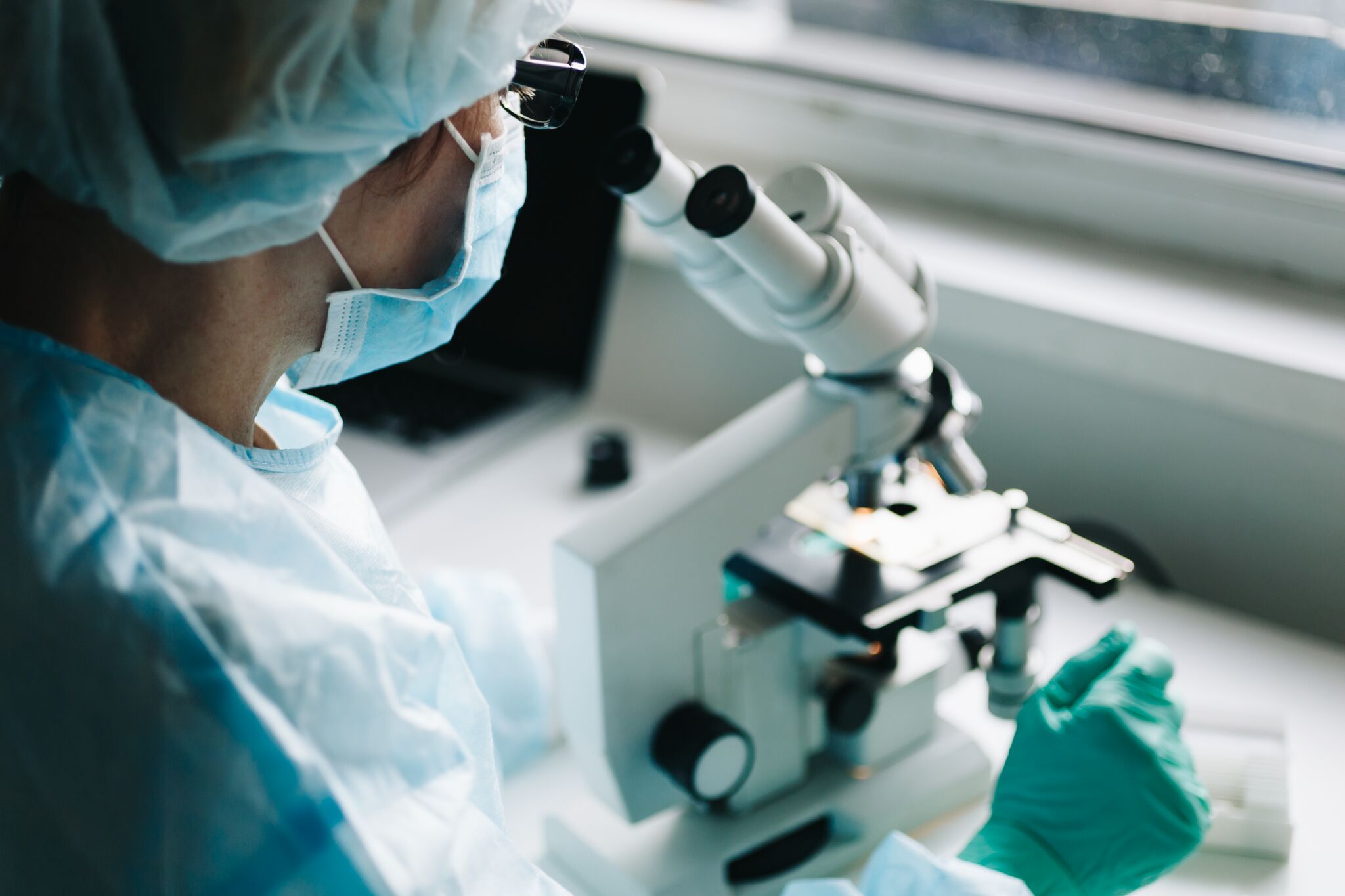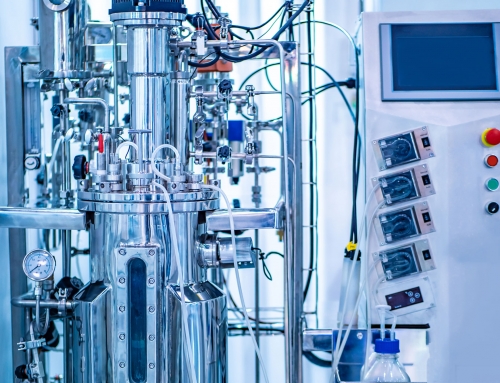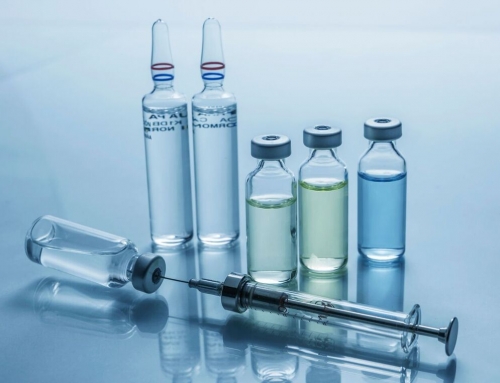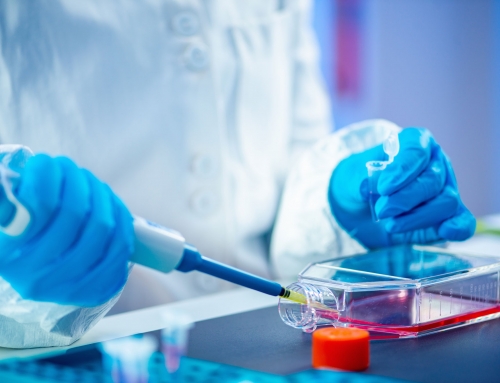The creation, production and storage of viral vectors all pose highly unusual challenges.
by Susan Thompson, Technical Director at VxP Biologics
Traditional viral vaccines use attenuated or inactivated forms of viruses to trigger and “train” the body’s immune responses. In recent years, however, pharmaceutical developers have also begun to use viruses as vectors to deliver an increasing range of targeted gene therapies. These therapies use strands of DNA to add or edit genes in specific cells, offering the potential to treat a wide variety of inherited ailments, as well as metabolic, neurological and cardiovascular diseases.
The number of gene therapy products currently in clinical or commercial development exceeds 400, while the number of products in preclinical development is at least 1,700. In fact, a recent market report by Roots Analysis estimates that the worldwide market for viral vectors (along with related technologies such as plasmid DNA manufacturing) will achieve a compound annual growth rate (CAGR) of 17 percent over the coming decade, to reach at least $1 billion.
The following analysis explores some of the most common challenges associated with vector development, along with several of the ways in which contract manufacturing organizations (CMOs) are assisting with those challenges throughout the development stage.
The fragility of viral vectors often creates significant development challenges.

The fragility of viral vectors often creates significant development challenges.
Like monoclonal antibodies (mAbs) and other conventional biologic pharmaceuticals, vectors are generated in bioreactors, then harvested and purified downstream through processes like depth filtration and chromatographic separation. These processes must be characterized and analyzed by the CMO and/or the developer, in order to validate the results at each stage and ensure that effective lots are produced on a consistent basis.
But despite these similarities between viral vectors and traditional biologics, vectors offer the unique challenge of being particularly delicate in comparison to other protein products. This means all downstream processing must be designed to avoid any unintentional interference with the vector and its engineered DNA. These extra measures often include specialized buffer processes, segregation techniques, and filtration systems designed not to filter out inactivated viruses.
Even once a given vector can be produced successfully, many production challenges remain to be met. First and foremost, a facility must be capable of producing the vector in the volumes necessary for a clinical trial, which often change unexpectedly.
Variations in volume also present major hurdles for vector development.

Storage of viral vectors requires careful planning and consideration as well.
While the vast majority of viral vectors are currently in the early phases of clinical trials, it is always prudent to begin planning for commercial manufacturing as soon as possible. The earlier a CMO partner is able to get involved in logistics and supply chain management, the more feasible it will be to smoothly scale up production as soon as regulatory approval is achieved.
Even within the clinical trial stage, production volume requirements often shift rapidly in response to fluctuating patient populations, as well as demand for specialized dosage forms. Ocular diseases, for example, typically require small doses of a given vector, while therapies for diseases such as Parkinsons may require the same vector to be produced in much larger lots on extremely short notice.
However, the technologies necessary to produce large and small lots often vary widely, ranging from small stirred-tank bioreactors to elaborate adherent systems involving hundreds of cell culture vessels. Lines designed to produce other biologics may offer pump volumes too low to prevent the loss of vector products during the fill stage. Due to logistical complexities such as these, many vector developers are partnering with CMOs early-on in the initial pre-clinical design stage.
Storage of viral vectors requires careful planning and consideration as well.
In addition to the difficulties of creating viral vectors, and adapting vector production processes to variable lot sizes, the storage of viral vectors also poses unique challenges. Unlike biologics like mAbs, which can typically be preserved at –20 °C, viral vectors often require storage temperatures of –80 °C. However, their delicate proteins also have a tendency to break down under significantly lower temperatures.
Stoppers and vials containing vector products must also be inspected for integrity on a regular basis, as the low temperatures required for storage may negatively impact their durability. For these reasons, many vial and stopper materials used to store mAbs and other biologics are unsuitable for vector products. The CMO must work with the developer to select storage media that will preserve the vectors effectively throughout the storage period.
Although viral vectors undoubtedly offer heightened challenges, even in comparison with other products in the already challenging biologic space, the expertise of a CMO can significantly ease many of these difficulties. When experienced teams handle the creation of a vector, as well as the production processes and storage systems around it, vector development can provide an excellent return on investment, even in the clinical trial stage.






